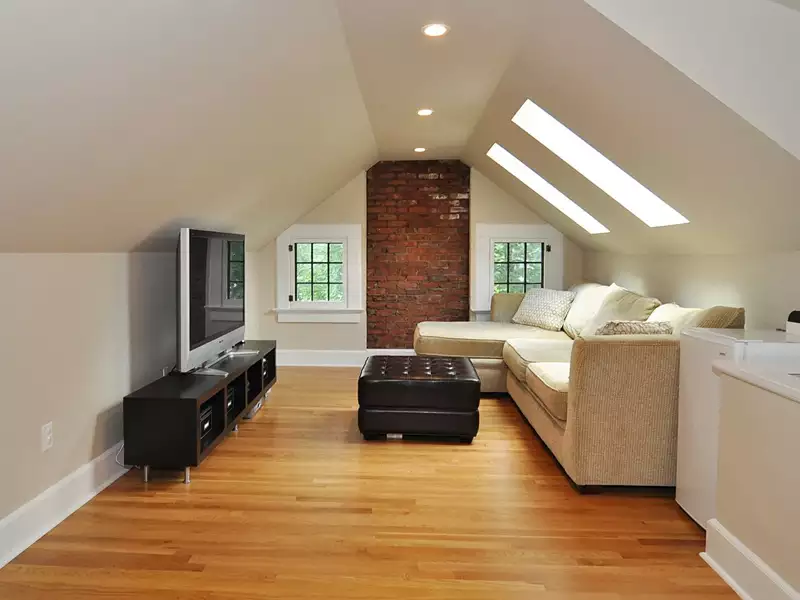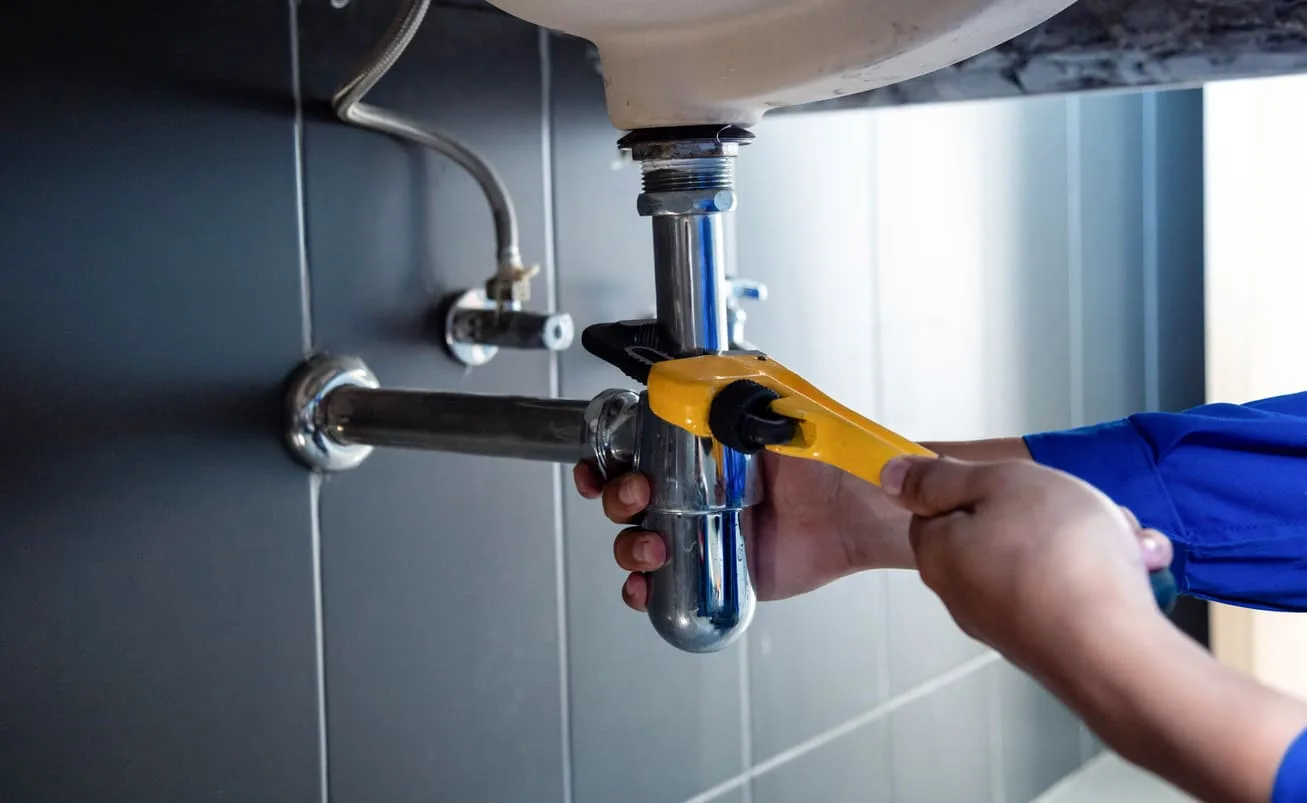Replacing attic windows can be a transformative project that enhances both the aesthetics and functionality of a home. Whether you’re a homeowner looking to upgrade your space or a real estate developer seeking to add value to your properties, understanding the ins and outs of attic window replacement is essential. This attic window replacement guide aims to provide comprehensive insights into choosing the right windows, understanding the installation process, and the benefits that come with a successful window replacement.

Why Consider Replacing Attic Windows?
Attic windows play a crucial role in the overall efficiency and appearance of a home. They provide natural light, improve ventilation, and can significantly impact energy costs. Old or inefficient windows can lead to increased energy bills and decreased comfort levels. Replacing them not only boosts the home’s efficiency but also enhances its curb appeal. According to the HGTV, a well-executed attic remodel, including window replacement, can greatly increase a home’s value.
Choosing the Right Attic Windows
When selecting new windows for your attic, consider the style, material, and energy efficiency. Popular styles include awning, casement, and skylights. Materials range from traditional wood to modern vinyl and fiberglass. Each material has its own benefits and drawbacks, so it’s important to choose one that aligns with your home’s needs and your personal preferences.
Styles of Attic Windows
1. Awning Windows: These are hinged at the top and open outward, allowing for ventilation even during light rain.
2. Casement Windows: Hinged on the side, casement windows offer maximum ventilation and unobstructed views.
3. Skylights: These are installed on the roof, providing abundant natural light and a unique design element.
Materials for Attic Windows
1. Wood: Offers a classic look but requires more maintenance.
2. Vinyl: Known for its durability and low maintenance.
3. Fiberglass: Combines strength with energy efficiency.
Understanding the Installation Process
The installation process for attic windows can vary depending on the window type and the existing attic structure. It’s crucial to follow proper installation techniques to ensure the windows are secure and function effectively.
Preparation Steps
Before installation, assess the current state of your attic and window openings. Measure accurately to ensure the new windows will fit properly. You may also need to address any structural issues or insulation gaps that could affect the installation.
Installation Techniques
Professional installation is recommended, especially for complex window styles like skylights. A qualified installer will ensure that the windows are sealed correctly to prevent leaks and drafts, and that they open and close smoothly.
Benefits of Attic Window Replacement
Replacing attic windows offers several benefits beyond improved aesthetics. It can lead to better temperature regulation, reduced energy costs, and increased property value. Additionally, new windows can enhance the overall comfort of your home by reducing noise and preventing drafts.
Energy Efficiency and Cost Savings
Modern windows are designed with energy efficiency in mind, featuring double or triple glazing, low-emissivity coatings, and gas fills between panes. These features help to maintain a consistent indoor temperature, ultimately reducing heating and cooling costs.
Enhancing Home Value
Upgraded windows can greatly enhance your home’s appeal to potential buyers. According to experts, energy-efficient windows are a sought-after feature that can increase a property’s marketability and value. For more on enhancing attic spaces, check out this guide on attic home office ideas.
Common Challenges in Attic Window Replacement
While the benefits are clear, there are also challenges to consider, such as roof access and the potential need for structural modifications. It’s important to work with a professional who understands these complexities and can provide effective solutions.
Roof Access
Installing attic windows often requires access to the roof, which can be hazardous. Ensure that safety measures are in place and that the installation team is experienced in working at heights.
Structural Modifications
Some attic spaces may require structural changes to accommodate new windows. This could involve resizing openings or reinforcing the roof structure. Consult with a contractor to assess the feasibility and cost of such modifications.
Maintenance Tips for Attic Windows
To prolong the life of your attic windows and keep them looking their best, regular maintenance is key. This includes cleaning, inspecting seals, and checking for damage or wear.
Cleaning and Upkeep
Regular cleaning of the window panes and frames will prevent dirt buildup and maintain clarity. Use mild soap and water, and avoid abrasive cleaners that could damage the finish.
Inspecting Seals
Check the seals around your windows periodically to ensure they are intact and functioning properly. Leaky seals can lead to drafts and moisture issues.

FAQs About Attic Window Replacement
1. How do I know if my attic windows need replacement?
Signs include drafts, condensation between panes, difficulty opening or closing, and visible damage.
2. Can I replace attic windows myself?
While it’s possible for handy homeowners, professional installation is recommended to ensure proper fit and sealing.
3. How long does the replacement process take?
The timeline varies depending on window type and attic condition, but most projects are completed within a day or two.
For more information on related home improvement topics, visit the Asphalt Roofing Manufacturers Association.
This article contains affiliate links. We may earn a commission at no extra cost to you.



